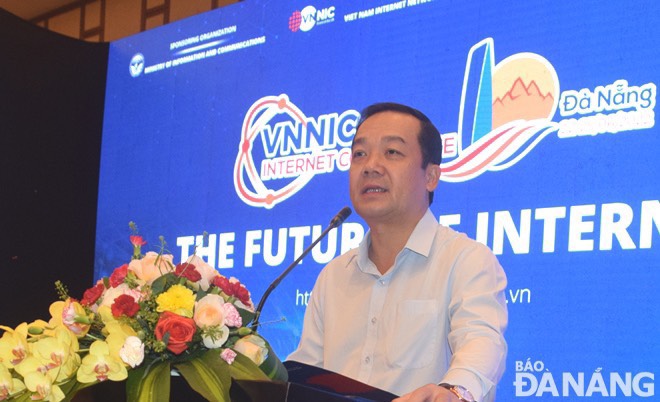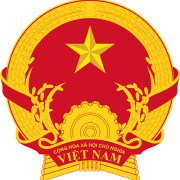
Deputy Minister of Information and Communications Pham Duc Long
In 2022, Vietnam celebrates the 25th anniversary of internet development. 2022 also marks the 10th anniversary of the world shifting to Internet Protocol version 6 or IPv6. To date, 70.3 percent of Vietnamese use the internet and are among top 10 users of IPv6 in the world.
It is expected that broadband Internet will be accessible to 100 percent of households; ultra-broadband Internet services will be offered to users; and 100 percent of people will have smartphones with Internet access.
Vietnam will popularize the national domain name of ‘.vn’, the online presence of businesses and people with the domain name, so as to exploit the value of national internet resources, develop a digital economy and build a digital society.
Vietnam strives to have 1 million of ‘.vn’ domain names at minimum, which would put Vietnam among the top 20 or top 30 in the world.
The second direction is developing Vietnam’s core internet network infrastructure and quickly and strongly developing domestic internet. Accordingly, Vietnam will focus on expanding domestic Internet connections through direct peer-to-peer connections, connecting to Internet exchange stations (IXP), to Vietnam Internet Network Information Center (VNIX).
Long also stressed the expansion of internet connections with the region and the world, especially the development of undersea fiber optic cables, making Vietnam one of the regional connection hubs; and on the conversion of the entire Vietnamese Internet network to IPv6.
Vietnam would develop Internet Data Center (IDCs), Cloud platforms, Content Delivery Networks (CDNs) and digital services which can satisfy the requirements of people and businesses, capable of competing with foreign products.
The fourth direction mentioned by Long is developing policies in a modern, open and timely way. The changes of technology and new Internet protocols will pose many problems that need to be solved. So, it is necessary to lay down a legal framework that creates space for development and adjust new behaviors.
The fifth direction is building an internet community.
